Is Twitch Safe for Kids?
What parents need to know about Twitch
JUN 29, 2022
Is Twitch Safe for Kids?
What parents need to know about Twitch
It can be tough to keep up with the latest apps our children and their friends use.
You’re likely familiar with TikTok, Instagram, and Snapchat, but what do you know about Twitch?
Any social platform comes with risks, but Twitch has some unique features that make children especially vulnerable.
What is Twitch?
Twitch is a social media platform that specializes in live streaming.
It’s easy to broadcast almost anything, including cooking, playing music, doing homework, or hanging out at the pool (more on that later).
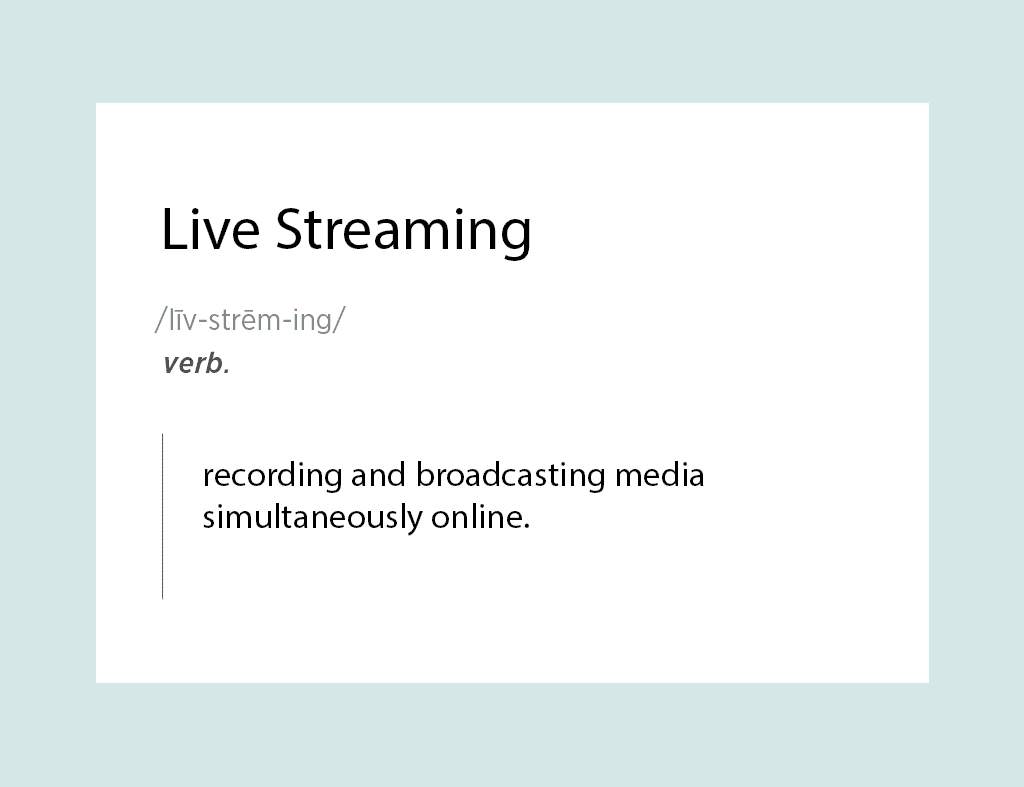
One of Twitch’s most popular content categories, Just Chatting, is simply videos of people talking about whatever is on their minds, like a talk show.
That said, Twitch’s streaming service is centered on video games. Anyone can stream themselves playing or watch other people play.
Twitch reports having around 31 million viewers every day
-Twitch, n.d.a.
While many parents might not understand why their child would want to watch someone else play video games, the appeal is huge for gaming community members.
Like how you might follow your favorite sports players or celebrities, Twitch users enjoy following their favorite streamers.

What Is Twitch Intended to Do?
One of Twitch’s biggest draws for users is its live streams. It’s similar to YouTube because it’s a massive repository of user-generated content (UGC).
The difference is that most of Twitch’s content is streamed live.

This streaming platform allows like-minded individuals to meet, chat, and create media together.
Every video has a public chat board that lets viewers talk to each other and the person streaming.
You can also connect with other Twitch users, whether you know them or not, by sending private messages called “whispers.”
These opportunities to connect with others have the potential to lead to positive social change, break down barriers between different groups, and educate individuals.
Unfortunately, they can also reinforce stigmas, create contention, and spread misinformation at exponential rates compared with traditional media.
What Is Twitch’s Motive?
Like the business models of most social media platforms, Twitch earns money through ads—they sell children’s data to companies that can then target consumers. Whenever a user clicks on a video they want to watch, an ad plays before taking them to their video.
It’s the same model you see on YouTube. Users can skip the ads by paying for a premium version of Twitch.
Twitch collects data about its users to send them more personalized ads. They justify using this data by claiming they intend to “manage relationships with Twitch account holders (e.g., Partners, Affiliates), including making or receiving payment.”
In other words, they sell that data to interested parties.6

What Are Twitch’s Dangers and Risks?
Exposure to violent media has been shown to increase aggression in children and escalate the chances of viewing violence as a legitimate course of action when confronted with challenges.
Repeated exposure has been shown to affect kids’ brains and teach these “lessons” in a more permanent way.1
Twitch contributes to this problem.
In the tragic Buffalo grocery store shooting on May 14, 2022, the perpetrator brazenly live-streamed himself shooting people for two minutes before the video was removed.
That was enough time for the video to be seen and reshared by millions of online viewers across multiple social media platforms.
Twitch Exposes Viewers to Violent Video Game Content
Twitch doesn’t seem to have a problem with streaming video game violence. Since the app contains content on almost any video game, young users can watch videos of people playing highly-graphic games like Soldier of Fortune, Mortal Kombat, and Grand Theft Auto.

Sexual content on Twitch
Sexual media hurts kids—both boys and girls—and their ability to have healthy relationships with others.4
Research suggests that children exposed to sexual content, especially violent sexual content, experience higher rates of aggression, sexist beliefs, sexual violence, and objectification of others.
While Twitch’s community guidelines prohibit “sexually explicit content or activities,”7 the reality is that the platform is rife with sexual content. It can be found in abundance through gaming streams of titles like VRChat and Dead or Alive Xtreme 3.
Twitch users can easily access explicit content, including nudity and sexual acts. Any user can find links to adult websites via the chat and streamer bio pages.
Popular ‘In Real Life’ Categories with Mature Content
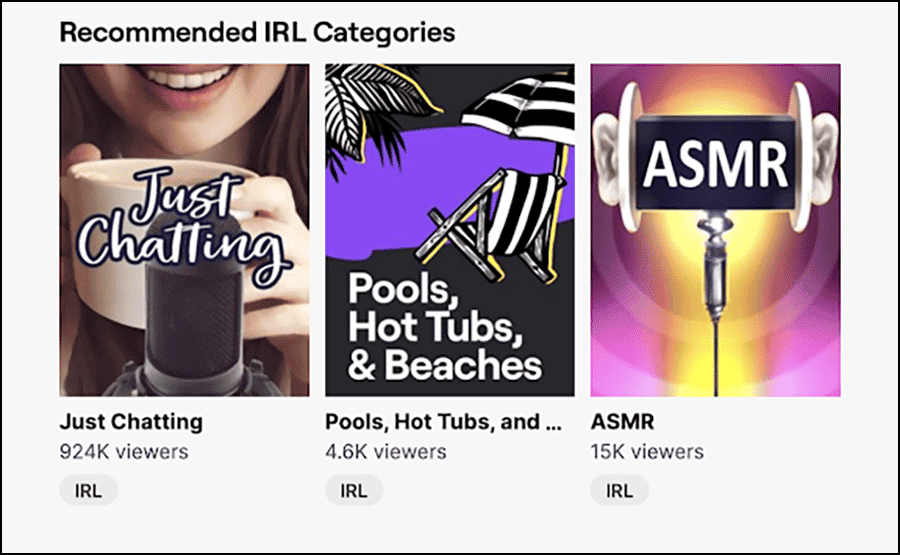
Mature content on Twitch: What is ASMR?
Watching video game streaming on Twitch is not the only way to view mature content. Twitch has a category for explicit channels called ASMR.
Some content on ASMR channels is perfectly fine, like the sounds of nature. However, this channel also features videos of people in revealing clothing making sexual sounds into their microphones—content inappropriate for developing minds.
ASMR: Twitch’s Secret Sexual Shows
- Definition: Autonomous Sensory Meridian Response
- Purpose: To relax and soothe viewers
- Innocent Examples: Rain on windows, a crackling fire, or bird calls
- Threatening Examples: ASMR videos feature scantily dressed women making sexual sounds
Twitch also promotes the category “Pools, Hot Tubs, and Beaches,” in which women in bikinis answer questions from the chat.
Since these videos are watched live, viewers may even pay their favorite streamers to perform certain requests—such as writing their names on their arms, giving them a shoutout, or wearing particular outfits.
Having sexual content on the platform is bad enough. However, when requests can be bought in a hyper-sexualized environment, boys and girls learn that such behavior is normal and acceptable—and even for hire.
Objectification of women and no parental controls
This type of UGC promotes the objectification of women, viewing them as objects to be enjoyed rather than human beings deserving of respect.
Twitch does not offer any parental controls to prevent children from viewing these problematic streams or any other type of inappropriate content.

Chatting with strangers
Twitch’s most enticing aspect is also its most dangerous—meeting, befriending, and interacting with new people online.
The chat feature can be useful among adults, but it is inherently dangerous when children use it. On Twitch, this can happen in public chats or private messages.
Over 60% of victims
meet their abusers in online chats.
Predators often groom victims by pretending to have common interests and being sympathetic.
Twitch simplifies this process because the perpetrators have an immediate shared interest to talk about—the live stream the child is watching.
The barrier of time needed to find common interests is removed for the predator by this platform.
How to Block Twitch “Whispers”
Strangers on Twitch can send private messages called whispers.
Here’s how to turn them off:
Open “Settings” > Click “Security and Privacy” > Click “Privacy” > Turn on the “Block Whispers from Strangers” button

Profanity, vulgarity, and hate speech
Inappropriate language can come from the streamers or viewers using the chat function.
While some streamers create clean content and enable chat filters that keep profanity and hateful language from being posted, many do not.
The chat function on Twitch cannot be disabled completely, so kids will always be able to see other people’s inappropriate comments.
Wasting time
All children and adults are exposed to Twitch’s least frightening risk—general time-wasting.
Twitch can be hard to walk away from, and users can easily spend hours watching videos as life passes them by.
More time on screens means less human connection for all of us.
Is Twitch Safe for Kids?
According to the platform, Twitch is unsuitable for children ages twelve and under.
The app prohibits children younger than 13 years old from using it in its own Terms of Service. However, a user’s age is not verified when signing up, making their recommendation trite.
Consider accessing Twitch from your phone to see how long it takes for a stranger to make contact. It’s powerful to show kids that we are in the know.
Twitch recommends that children between 13 and 18 (in most states) be supervised while using the app.
While it’s important to view and discuss Twitch content with children, most parents are unlikely to have the capacity to monitor their children’s Twitch use closely enough to keep them safe.
For these reasons, Twitch is not safe for kids.
Empowering Kids with Conversations: Viewing Twitch Together
As parents deem appropriate, sitting with kids and talking about the explicit content they will be exposed to on Twitch will protect them in a long-lasting way.
As you view Twitch together, consider asking questions such as:
- What message is this content trying to send? What do you think about that message?
- What effect do you think this video has on your mind and heart?
- What do you think is motivating this streamer to create this video?
- What features of this platform could be dangerous for young users?
By setting a boundary prohibiting Twitch, we can empower our kids to choose not to allow the platform and bad actors to exploit them.

Advice for Families
If parents decide to allow their children to set up a Twitch account, we recommend they follow the app’s guidelines and watch over their kids while they use the app.
The following suggestions can help parents guard against Twitch risks.

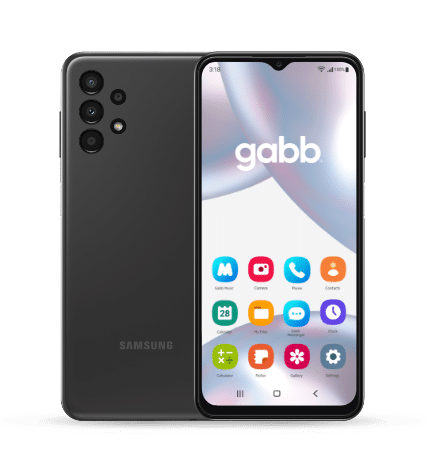
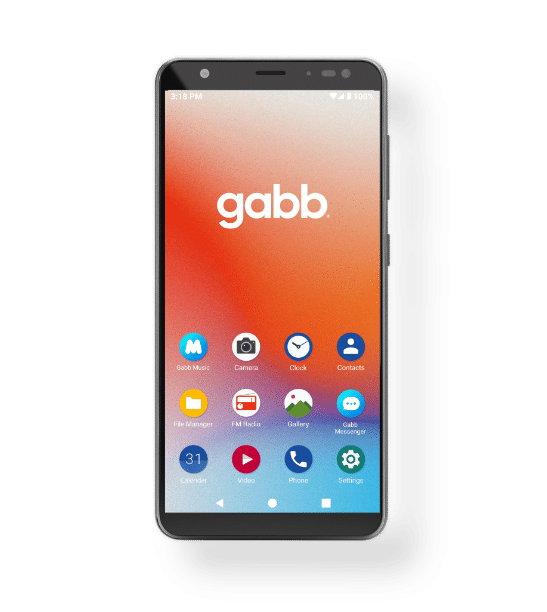

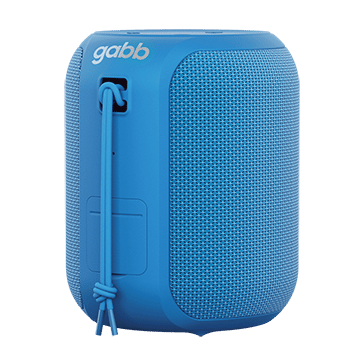







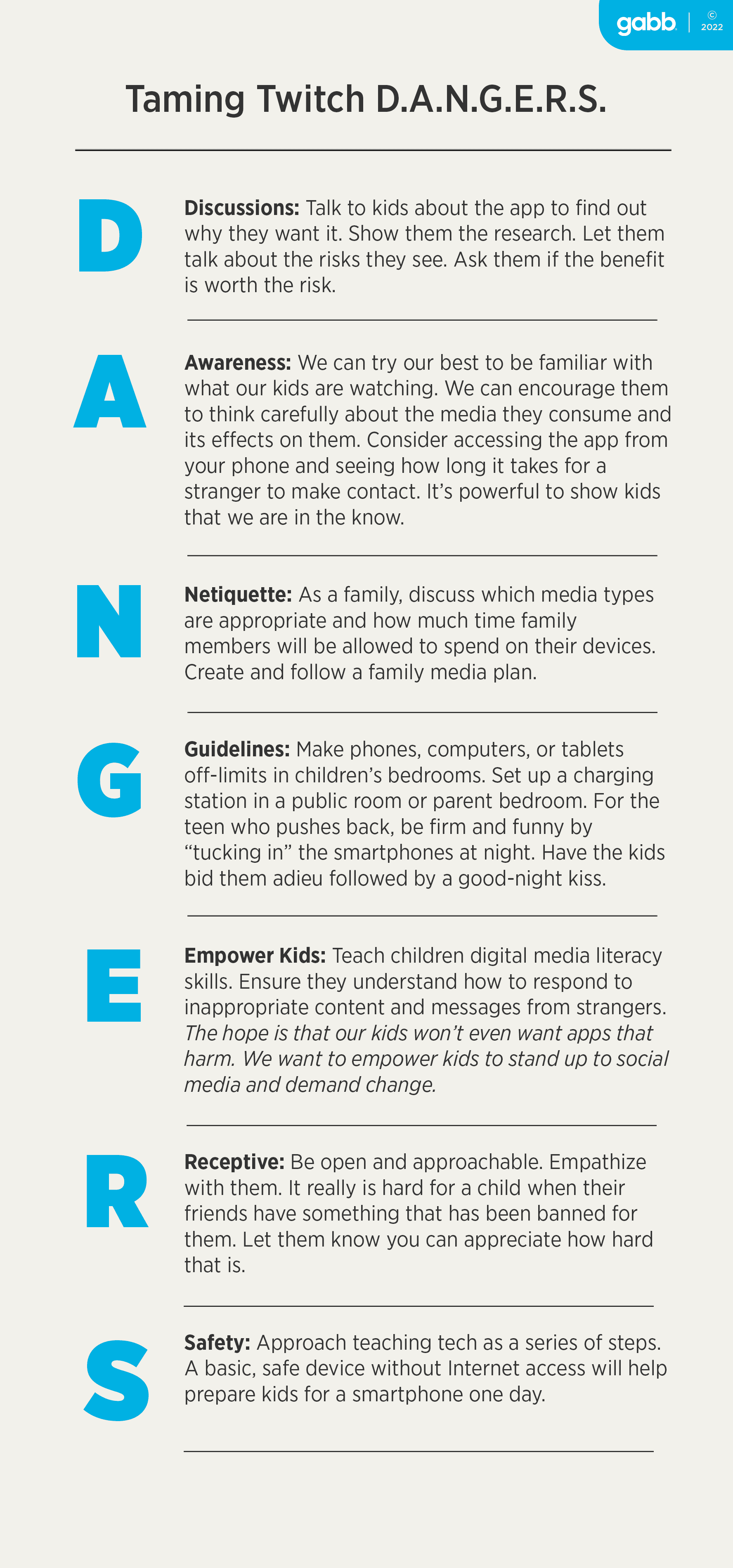

Success!
Your comment has been submitted for review! We will notify you when it has been approved and posted!
Thank you!